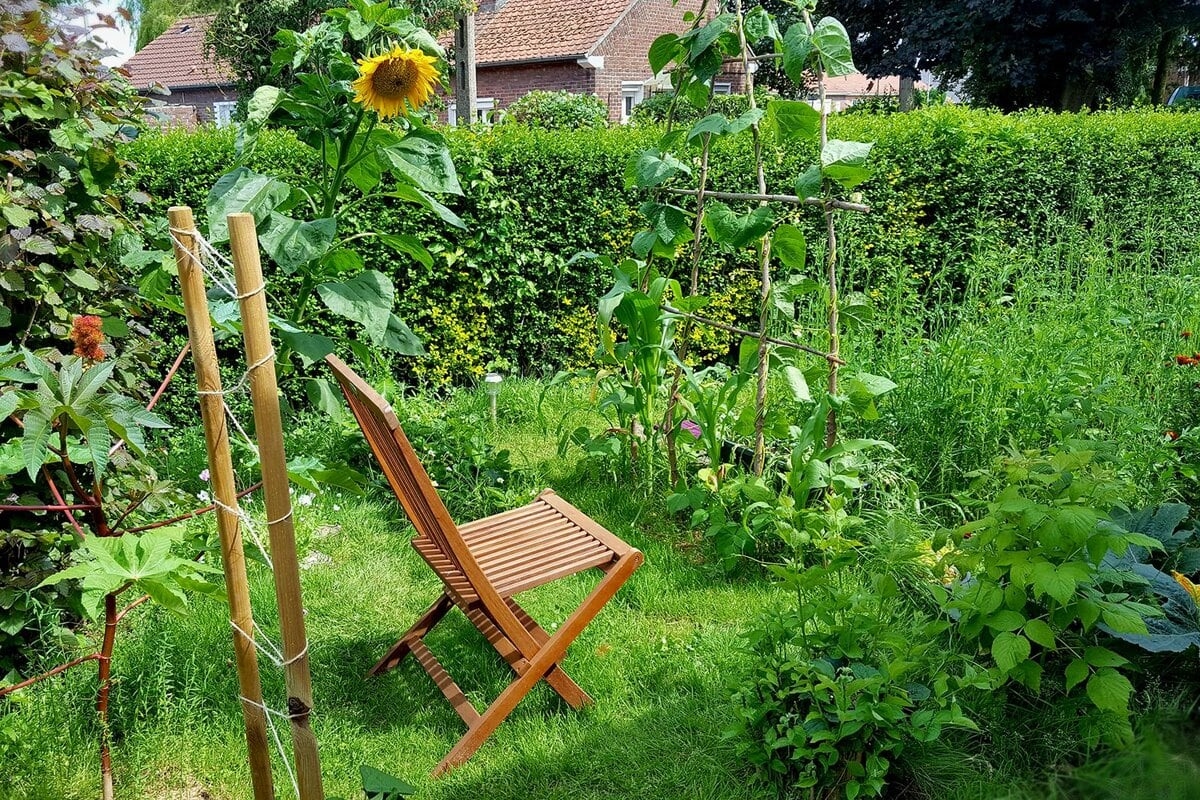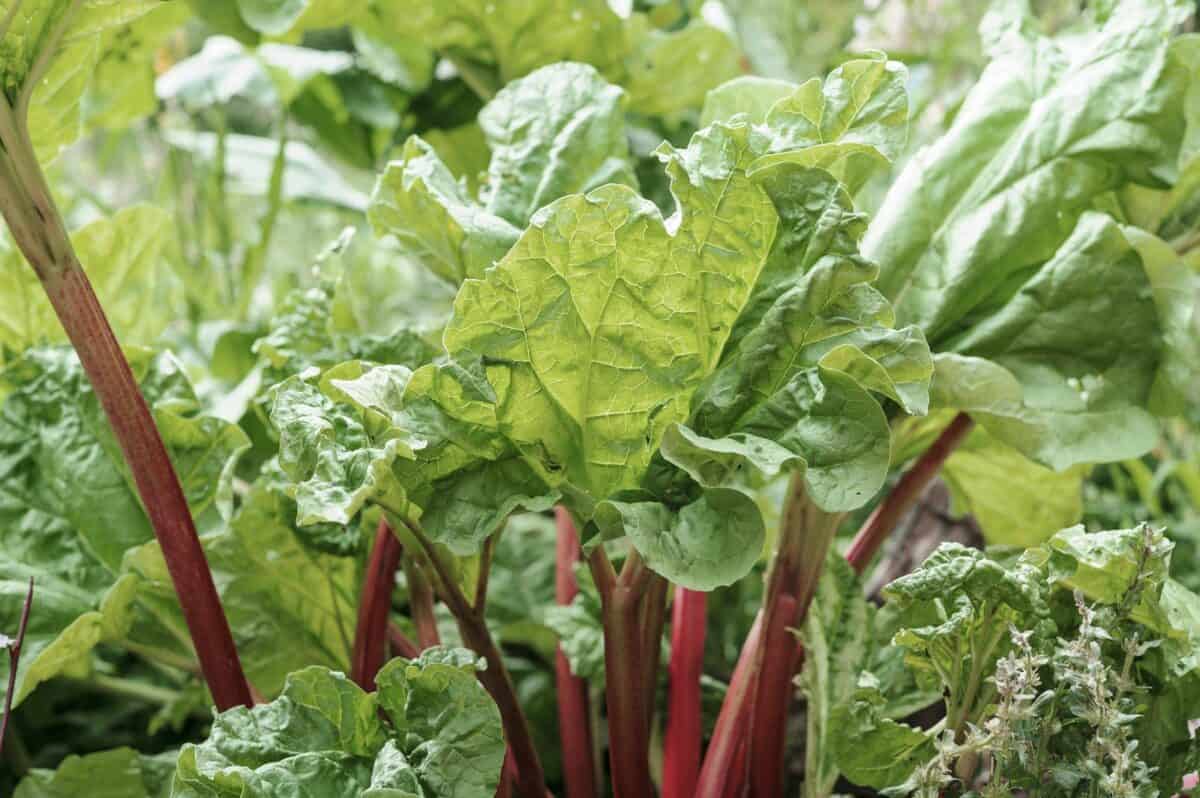Permaculture Vegetable Garden: What It Is and How to Start

More and more gardeners are discovering the benefits of a permaculture garden—not only because it's environmentally friendly, but also because it ultimately requires less work. But what exactly does permaculture entail? And how do you approach it? We'll help you get started.
Read more below the advertisement
The word permaculture comes from permanent agriculture – literally: sustainable farming. But you certainly don't need a large field to create a permaculture vegetable garden. In practice, it mainly means arranging your garden so that everything works together. Think of fruit trees that provide shade for shade-loving vegetables , herbs that keep pests at bay, and plant residues that return to the soil as nutrients. Nothing is wasted, and the garden as a whole can withstand a lot.

A permaculture garden often looks more relaxed and natural than a traditional vegetable garden, but behind that apparent chaos lies a well-thought-out idea that offers all sorts of advantages:
- Less work: Thanks to ground cover and clever plant combinations, you'll have fewer weeds. Digging is also no longer necessary.
- Water less: A layer of mulch retains more moisture and prevents dehydration.
- Higher yield: By gardening in layers you make maximum use of the space you have.
- No harmful substances: You don't use artificial fertilizers or pesticides, so your harvest is guaranteed to arrive on your plate without any toxins and your soil stays healthy.
- More biodiversity: A permaculture vegetable garden is not a monoculture and, due to the wide variety of plants, attracts many beneficial insects, birds and other animals.
- Healthy soil: You nourish soil life instead of disrupting it.


Excited? You probably want to get started right away! But where do you begin? These steps will lay a solid foundation for the future:
Every permaculture garden begins with observation. There are several things you need to pay close attention to. Think about how the sun moves, what types of shade there are, where water collects, and which plants emerge spontaneously. Look and listen to what nature tells you. Be sure to do this a few weeks before you start developing your plans.

In permaculture, location isn't just about sun or shade, but also about smart energy management and cycles. Water, compost, harvest, maintenance: everything must be in balance. That's why permaculture often works with zones, each with its own function.
- Intensive cultivation (Zone A): These are crops that require daily maintenance or are harvested frequently. The closer to your home, the better. Examples: leafy greens, herbs, tomatoes.
- Semi-intensive (Zone B): This is where perennials and vegetables with a longer growing season are grown that require less attention. Examples: leeks, cabbages, strawberries, rhubarb.
- Supportive and Nourishing (Zone C): This zone feeds the rest of your system. This is the place for compost, mulched plants (such as comfrey ), and green manures (such as clover).
- Ecological edge (zone D): This zone enhances biodiversity. Here you can build insect hotels , flower borders, a pond, or a woodpile.

- Our best tips for year-round cooking from your own garden
- From patio to allotment: vegetable gardening is possible everywhere!
- With recipes from famous Dutch and Flemish chefs


In a permaculture garden, you don't work with rows, but with layers, just like in nature. The idea is that trees and shrubs form the top layer. Vegetables and herbs grow beneath, and ground cover keeps the soil moist and vibrant. And don't forget the "invisible" layers: the tubers beneath the soil and the vertical space for climbing plants.


Plants can help each other in various ways: by repelling pests, attracting beneficial insects, sharing nutrients, or serving as natural support. By cleverly combining plants, you let nature do the hard work. For example, plant carrots next to onions to repel carrot flies, let beans climb the corn, or plant marigolds near tomato plants to deter whiteflies and attract beneficial insects. This way, you're working with nature instead of against it.







%3Aformat(jpeg)%3Abackground_color(fff)%2Fhttps%253A%252F%252Fwww.metronieuws.nl%252Fwp-content%252Fuploads%252F2025%252F10%252F2023-NYF-Festival-Lights-and-Fireworks-Dublin-City_Web-Size.jpg&w=1280&q=100)